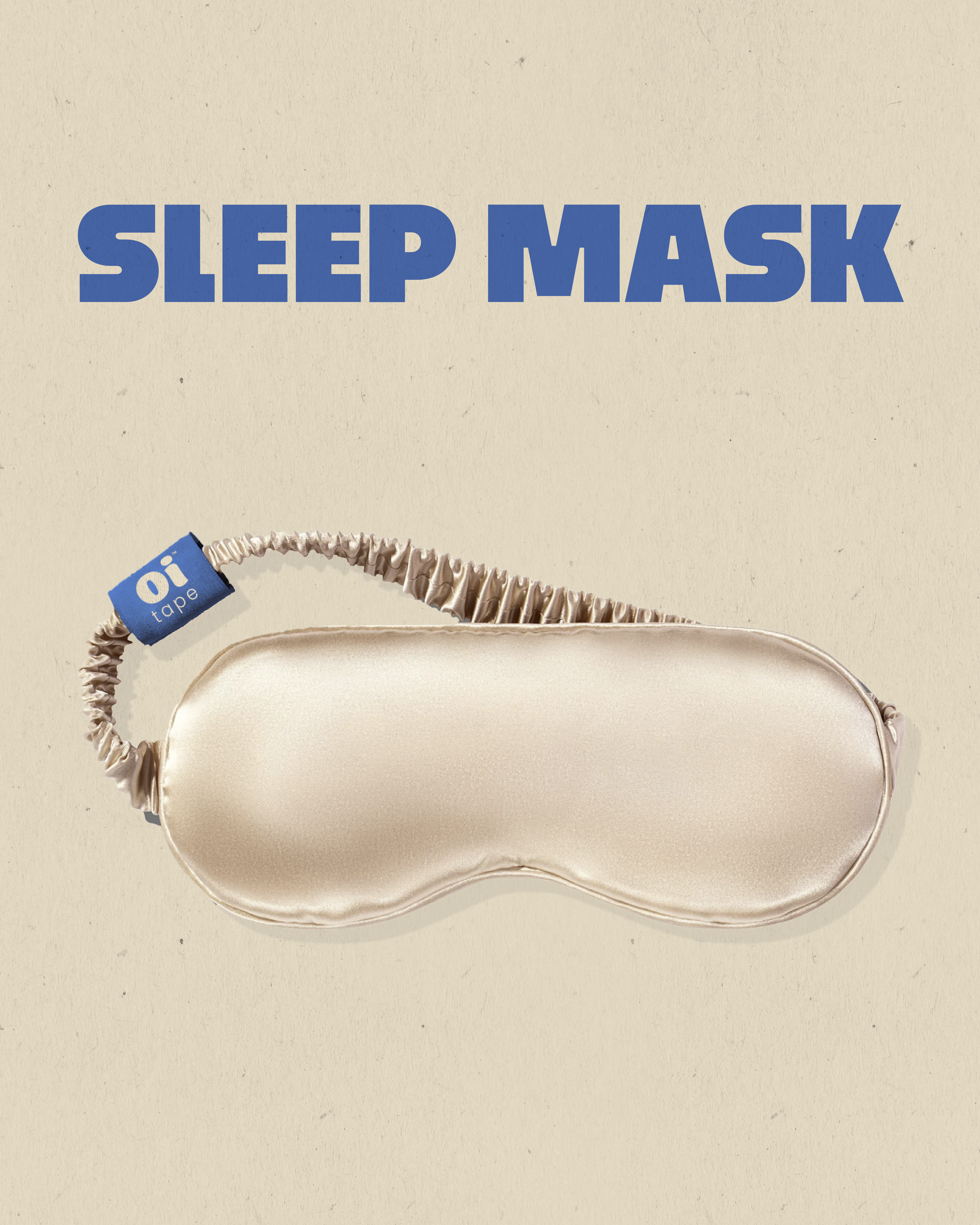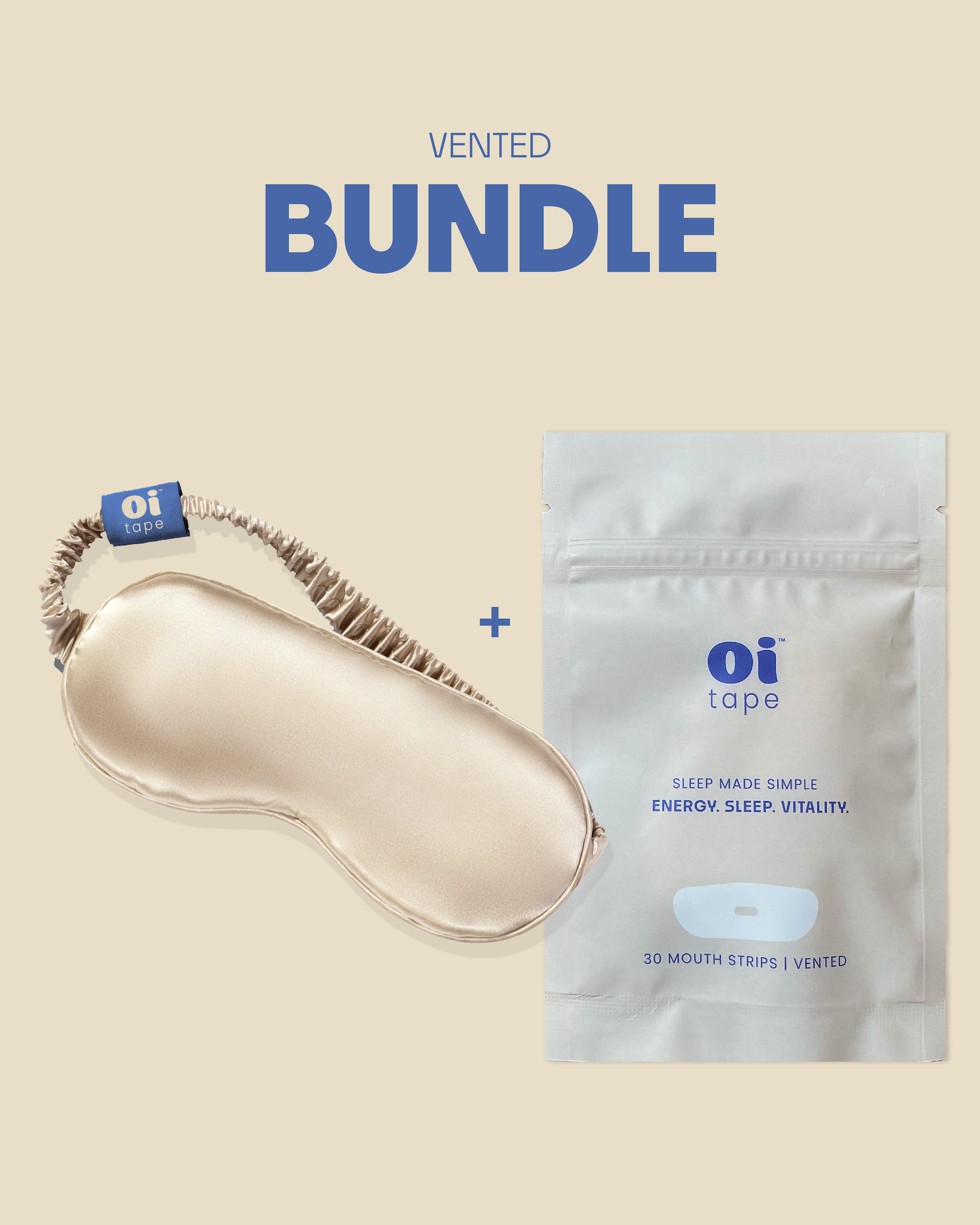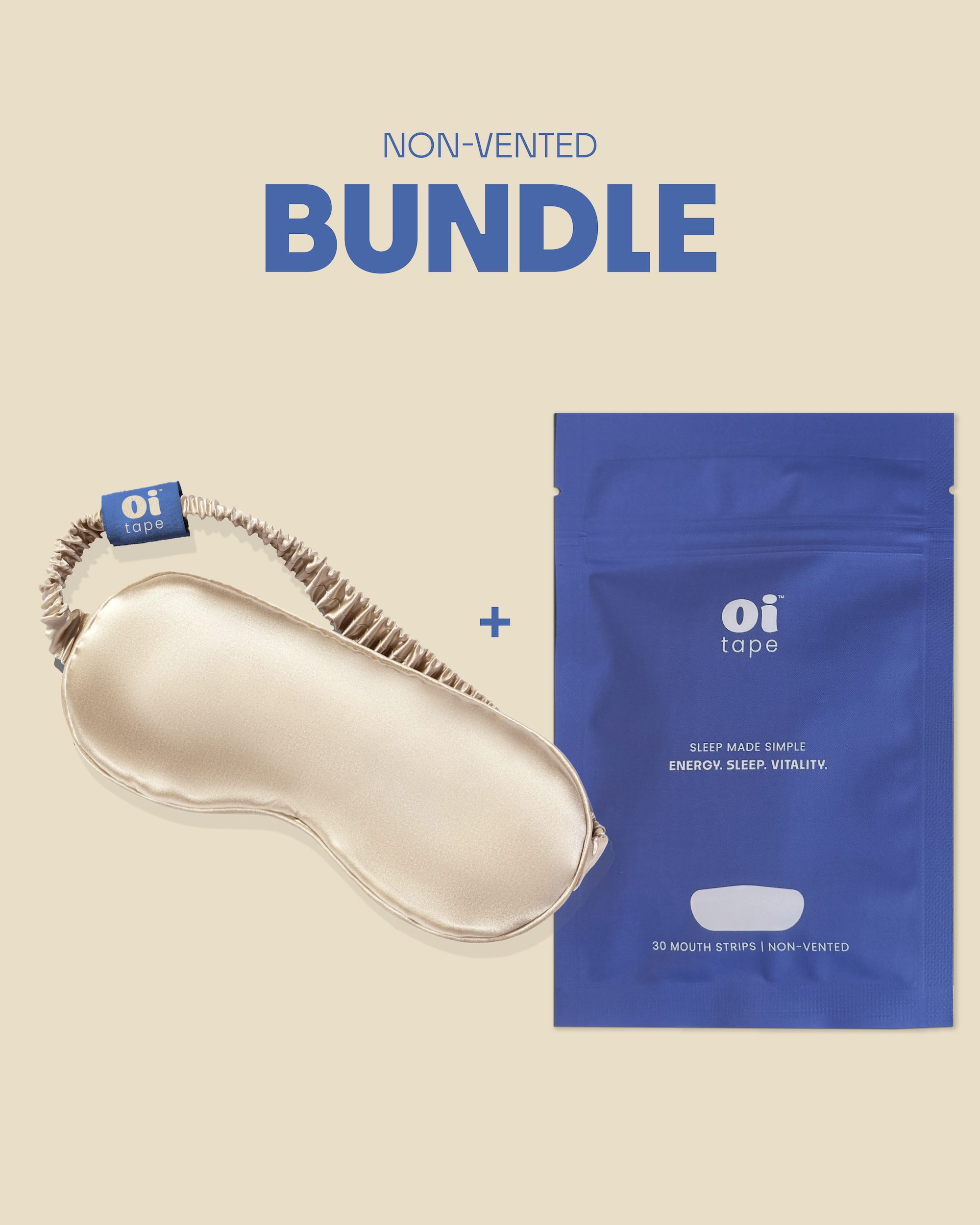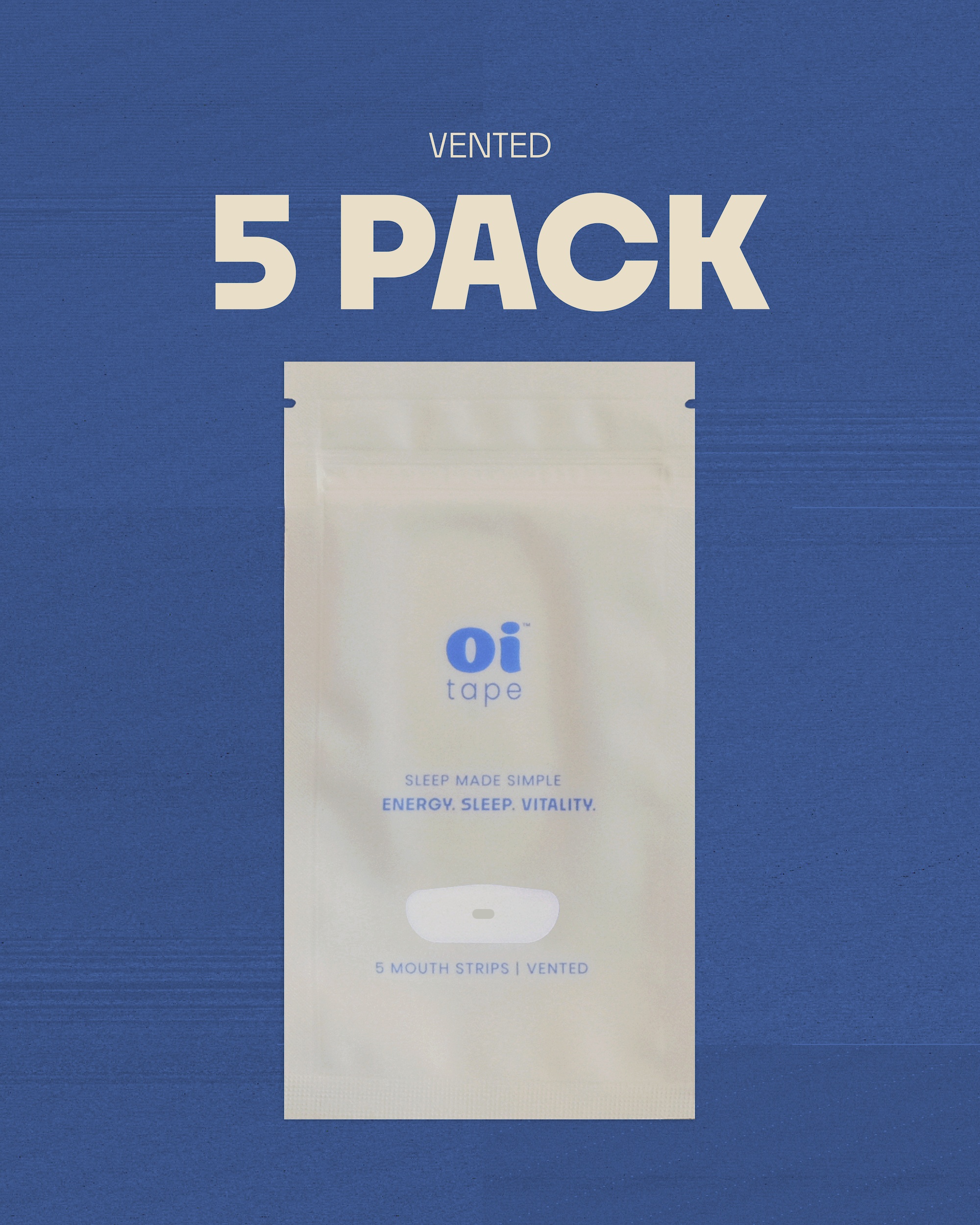

Harnessing the Power of Effective Napping
Effective napping, also known as power nap, is a short rest lasting 10–30 minutes that helps restore focus, improve mood, and boost energy. Unlike longer sleep breaks that can cause grogginess, stress napping targets lighter stages of sleep, leaving you refreshed and alert.
The best time for a sleep break is usually in the early afternoon, when natural circadian rhythms dip. A well-timed snooze in the afternoon can reduce tiredness. It also boosts productivity, helps heart health, and strengthens the immune system. This makes it a great tool for both mental and physical health.
Why Effective Napping Is the Secret Weapon You Need
In a world that glorifies hustle, the secret sauce for better energy may be effective napping. A well-timed sleep break can sharpen focus, reduce stress, and elevate mood. Far from laziness, midday sleep breaks is a proven way to recharge both mind and body. This guide explores the benefits of stress napping, how to time sleep breaks correctly, and how to integrate them into your daily routine.
Understanding Effective Napping
Effective napping is a deliberate strategy—not just a random snooze. A power nap length of 10–30 minutes helps you wake refreshed without grogginess. Unlike long sleeping that dives into deep sleep cycles, a short sleep boosts energy, creativity, and mental clarity.
Tips for Napping
-
Sleep breaks early in the afternoon (1–3 PM) to align with circadian rhythms.
-
Create a dark, quiet environment with a mask or blackout curtains.
-
Keep sleep breaks short to avoid disrupting nighttime sleep.
Benefits of Napping
Harnessing the power of a short sleep can:
-
Boost productivity & concentration by clearing mental fog.
-
Improve mood & stress resilience, helping you stay calm and positive.
-
Support physical health by lowering blood pressure and strengthening immunity.
Research shows even a 20-minute sleep break can improve problem-solving skills and creativity.
How to Add Power Naps to Your Routine
Timing is crucial. The best time of day is between 1 PM and 3 PM, when energy naturally dips. For early risers, a short mid-morning sleep break can also help so that you are not sleepy during the day.
Make short sleep effective by:
-
Choosing a comfortable chair or bed.
-
Using white noise or soft music to block distractions.
-
Planning around your schedule—whether at work, home, or while traveling.
The Science of Stress Napping
NASA found a 40-minute nap boosted alertness by 100% in pilots. Neuroscience shows sleep breaks help the brain consolidate memories and process information. Neurotransmitters released during light sleep, such as acetylcholine, enhance creativity and focus.
By tapping into the science of midday sleep breaks, you maximize both productivity and mental performance.
Debunking Napping Myths
-
Myth: Sleeping during the day is lazy.
-
Fact: Many CEOs, athletes, and high performers rely on sleep breaks for peak energy.
-
Myth: Short sleep breaks ruin nighttime sleep.
-
Fact: Short naps (20–30 minutes) improve energy without affecting bedtime.
-
Myth: Only children benefit from sleep breaks.
-
Fact: Adults gain cognitive, emotional, and physical health benefits too.
FAQs About Effective Napping
Q: How long should a power nap be?
A sleep break should last 10–30 minutes. This time is long enough to boost alertness and energy. It is also short enough to prevent deep sleep, which can make you feel groggy. Keeping sleep breaks brief ensures you wake up refreshed and ready to continue your day.
Q: What is the best time to take a nap?
The best time for snoozing during the day is in the early afternoon, between 1 PM and 3 PM. This is when energy levels naturally drop because of our body’s rhythms. Short sleep during this window helps recharge the body without interfering with nighttime sleep quality.
Q: Do naps improve productivity?
Yes. Short midday sleep breaks clear mental fog, enhance concentration, and boost creativity. Research shows that 20-minute sleep breaks can improve problem-solving skills. They also help with better decision-making. This makes short sleep breaks a useful tool for productivity.
Q: Can stress napping improve health?
Stress napping benefits both mind and body. Regular sleep breaks can lower blood pressure, improve mood, reduce anxiety, feeling groggy, and strengthen the immune system. Over time, this practice supports cardiovascular health and emotional resilience while reducing fatigue.
Q: Will napping affect nighttime sleep?
Not if timed correctly. Short sleep of 20–30 minutes taken in the early afternoon typically do not disrupt nighttime sleep. Long or late sleep breaks, however, can interfere with your ability to fall asleep at night.
Pair Sleep Breaks with Better Breathing
Effective napping is a simple yet powerful way to restore energy, sharpen focus, and improve overall health. By timing sleep breaks well and creating the right environment, you can transform a short rest into a daily performance boost. To maximize these benefits, consider pairing your naps with healthy nighttime habits too.
Many people use Oi Tape™ mouth tape, the best mouth tape for sleep, to encourage nasal breathing, reduce snoring, and improve sleep quality. When your nights are restful, your midday sleep breaks become even more effective—helping you feel refreshed, focused, and ready to take on the day.









